Category: BCI
-

DARPA neural implant to enhance brain-computer connections
DARPA is leading the development of an improved neural implant for connecting the brain to computers, using advances neuroscience, synthetic biology, low-power electronics, photonics and medical manufacturing. Their goal is to to dramatically enhance neurotechnology research capabilities and provide a foundation for new therapies. The Neural Engineering System Design program aims to produce a miniaturized brain implant, smaller…
-
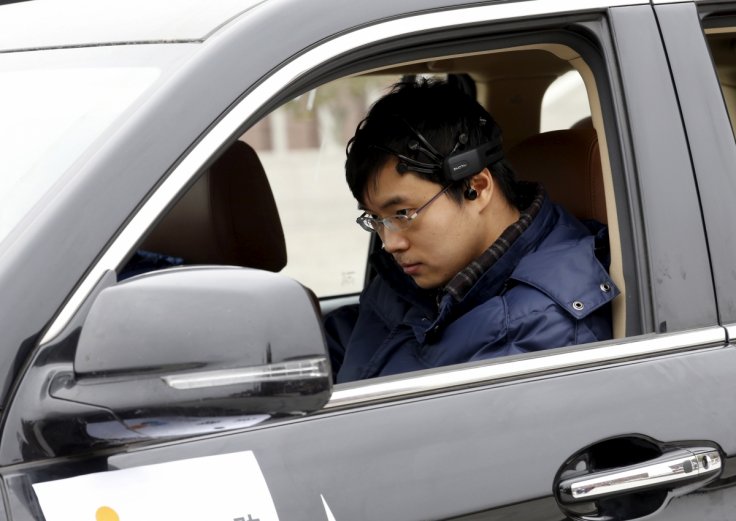
EEG device enables thought controlled car
Duan Feng of Nankai University, in collaboration with Great Wall Motor, has developed a car that can be controlled with the brain. A 16 sensor EEG device allows a driver to move the car forward and backward, stop, and lock and unlock the vehicle. At this point, fully operating the car with thoughts is not possible. According…
-
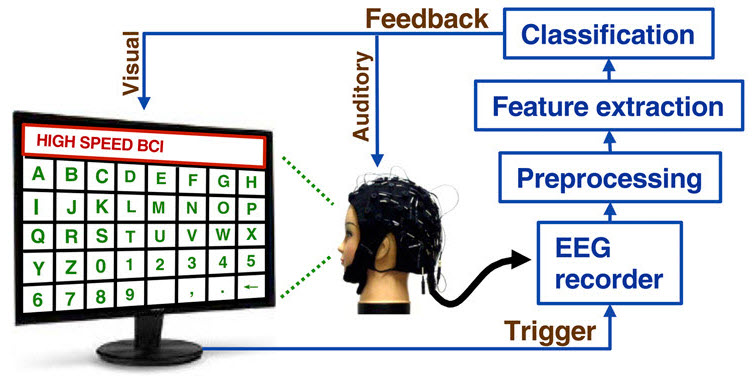
Faster, noninvasive BCI speller system
Tsinghua University researchers have developed a noninvasive brain-computer interface with the fastest information transfer rate to date. The system is based on steady-state visual evoked potentials, where a speller system detects a user’s gaze direction to a target a character. Frequency and phase of stimulation signals were precisely encoded in single-trial SSVEPs. A user-specific decoding algorithm adjusted to…
-
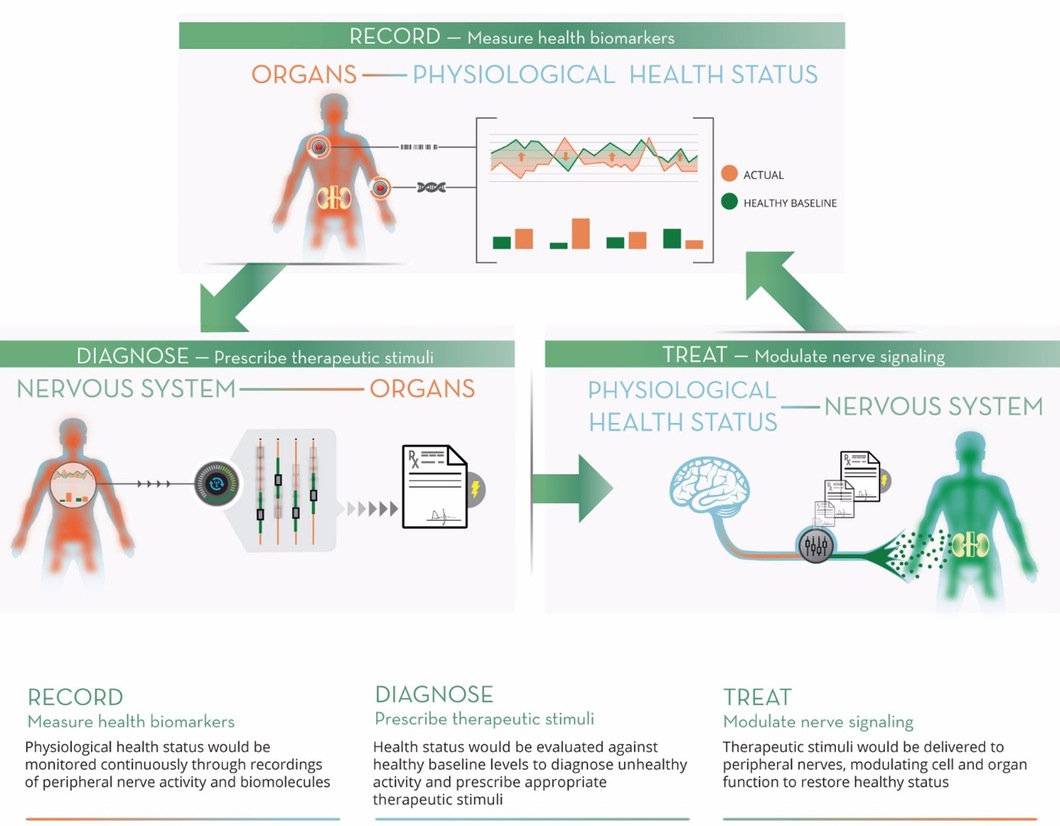
DARPA peripheral nerve modulation project launches
In September, 2014, ApplySci described DARPA’s proposed ElectRX (Electrical Prescriptions) project. The agency has now selected 7 research teams to begin work on the program, which is lead by Douglas Weber. The goal is to develop a closed-loop system to treat disease by modulating the activity of peripheral nerves. The teams will work to develop a…
-

Paraplegic walks, lightly supported, for 12 feet, with BCI triggered muscle stimulation
UC Irvine BCI research has enabled a a paraplegic to walk, with support, for 12 feet, without an exoskeleton. The hope is that this will lead to a new generation of BCI stimulation technology that will allow the disabled to walk for longer periods with minimal support. The study was led by Samueli School…
-
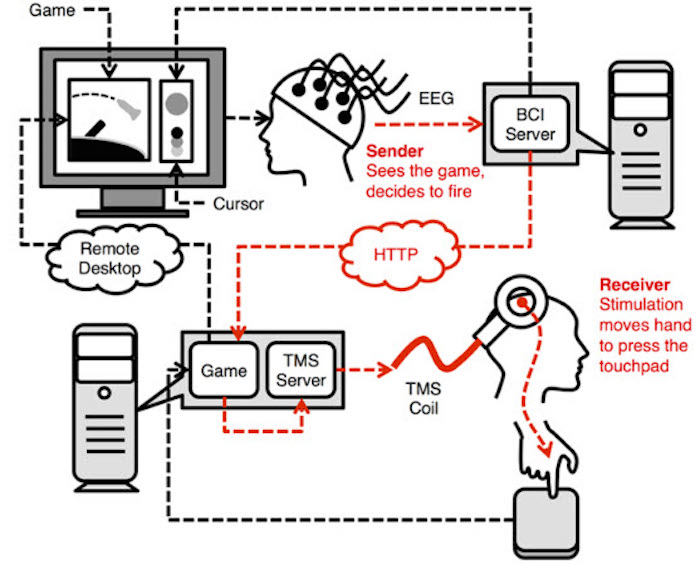
Brain-to-brain link allows one person to read another’s thoughts
University of Washington researchers used a direct brain-to-brain connection to enable pairs of participants to play a question-and-answer game by transmitting signals from one brain to the other over the Internet. The experiment is thought to be the first to show that two brains can be directly linked to allow one person to guess what’s on another person’s mind.…
-
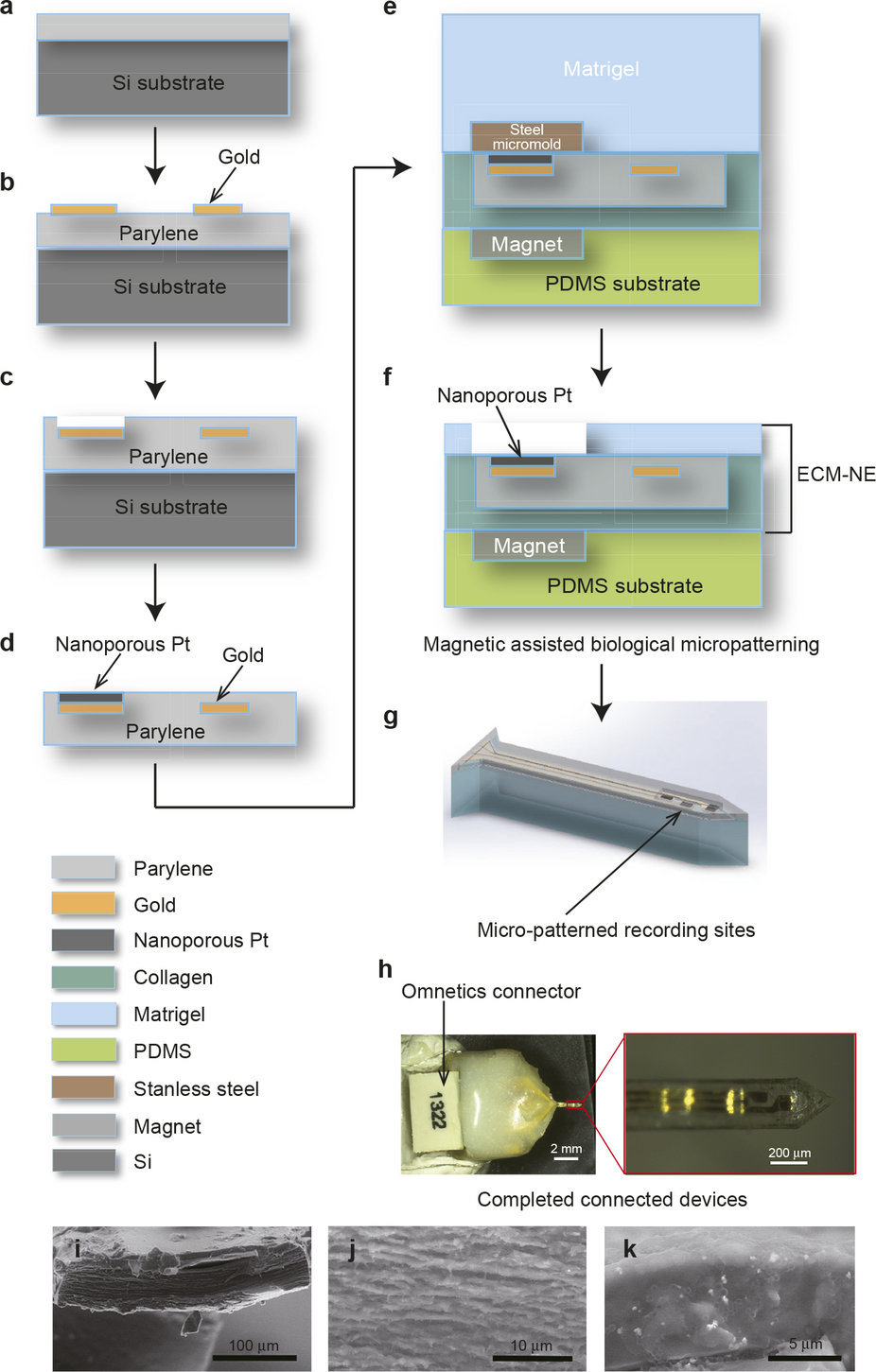
Biocompatible neural prosthetics
Spinal injury patients, and those with lost limbs, sometimes have neural prosthetic devices implanted in an attempt to regain independence. They are used for deep brain stimulation and brain controlled external prosthetics. However, neural prosthetics are often rejected by the immune system, and can fail because of a mismatch between soft brain tissue and rigid…
-

Continuously correcting BCI technique improves precision
Stanford‘s Krishna Shenoy has developed a more precise brain-controlled cursor for a virtual keyboard using a technique that continuously corrects brain readings. An algorithm analyzes the measured electrical signals that a prosthetic device obtained from sampled neurons. It adjusts the signals so that the sample’s dynamics were more like baseline brain dynamics. The thought-controlled keypad would allow…
-
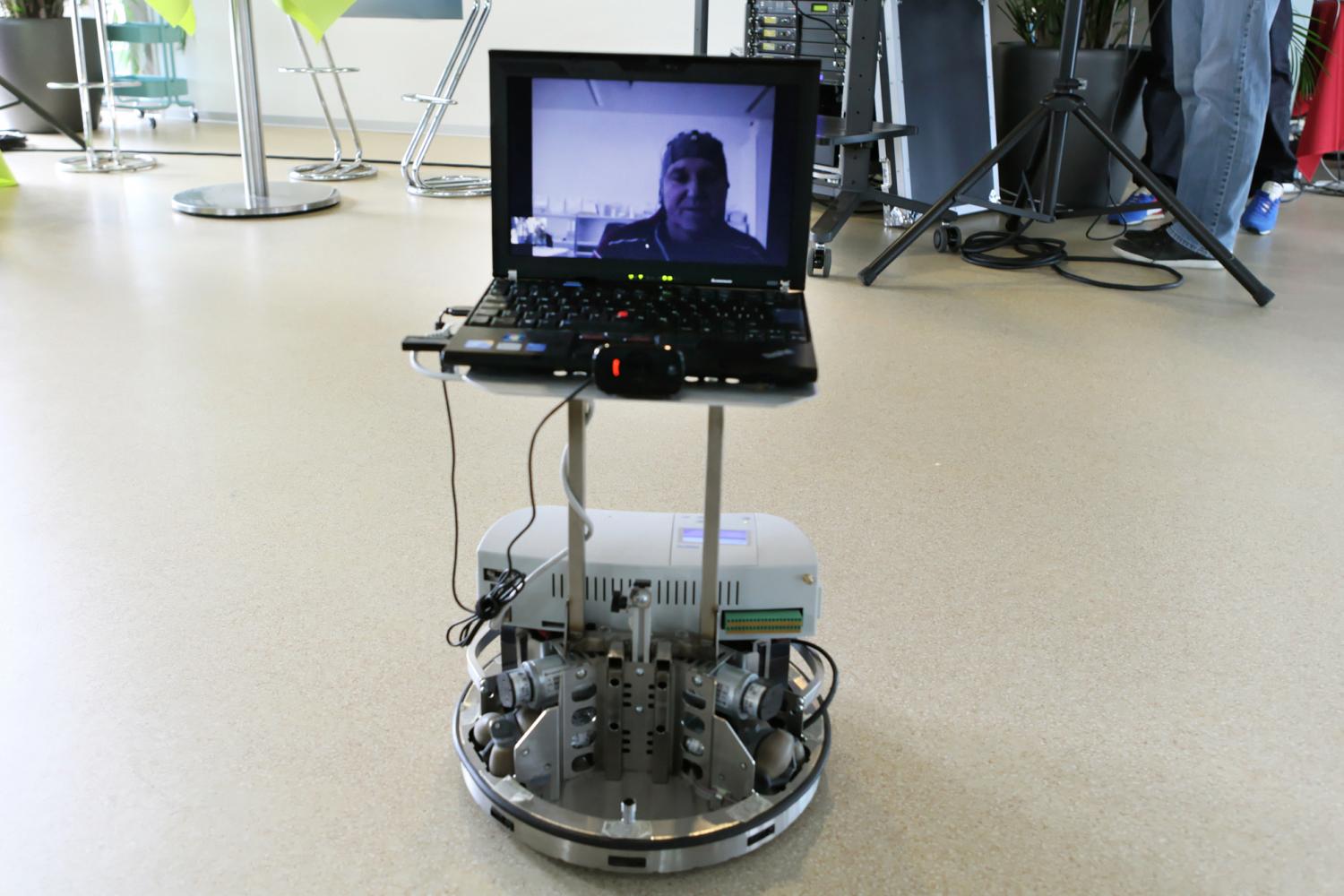
Thought controlled telepresence robot
EPFL‘s José del R. Millán is developing a brain-computer interface that allows those with paralysis or limited mobility to control telepresence robots. The goal is for the robot to assist the disabled with daily tasks, helping restore a feeling of independence. 9 disabled people, and 10 people without disabilities, from 3 countries, wore hats with…
-
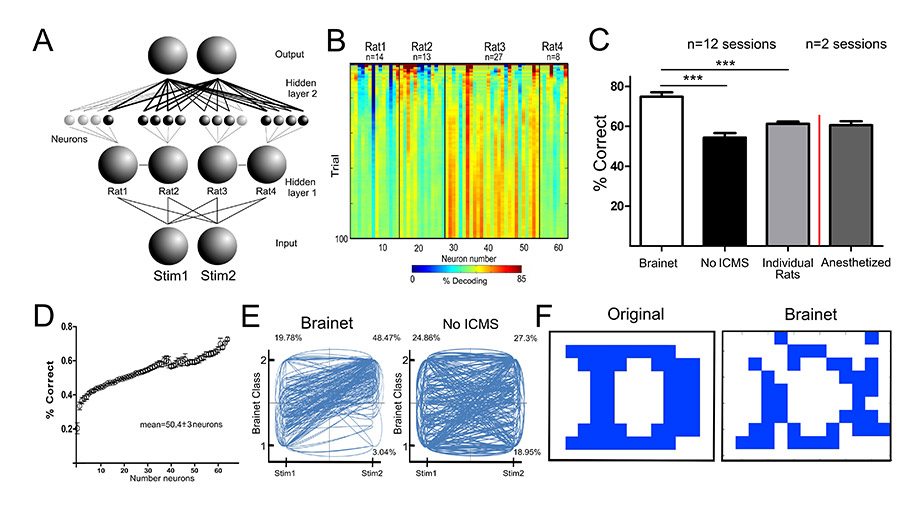
Real time brain-to-brain interface demonstrated
In another Nicolelis Lab breakthrough, networks formed by multiple animal brains, cooperating and exchanging information in real time through brain-to-brain interfaces, was demonstrated. The “Brainet” technology could provide the core of a new organic computer. In the recent study, four adult rat brains were interconnected. Brainets concurrently recorded extracellular electrical activity generated by cortical neurons…
-
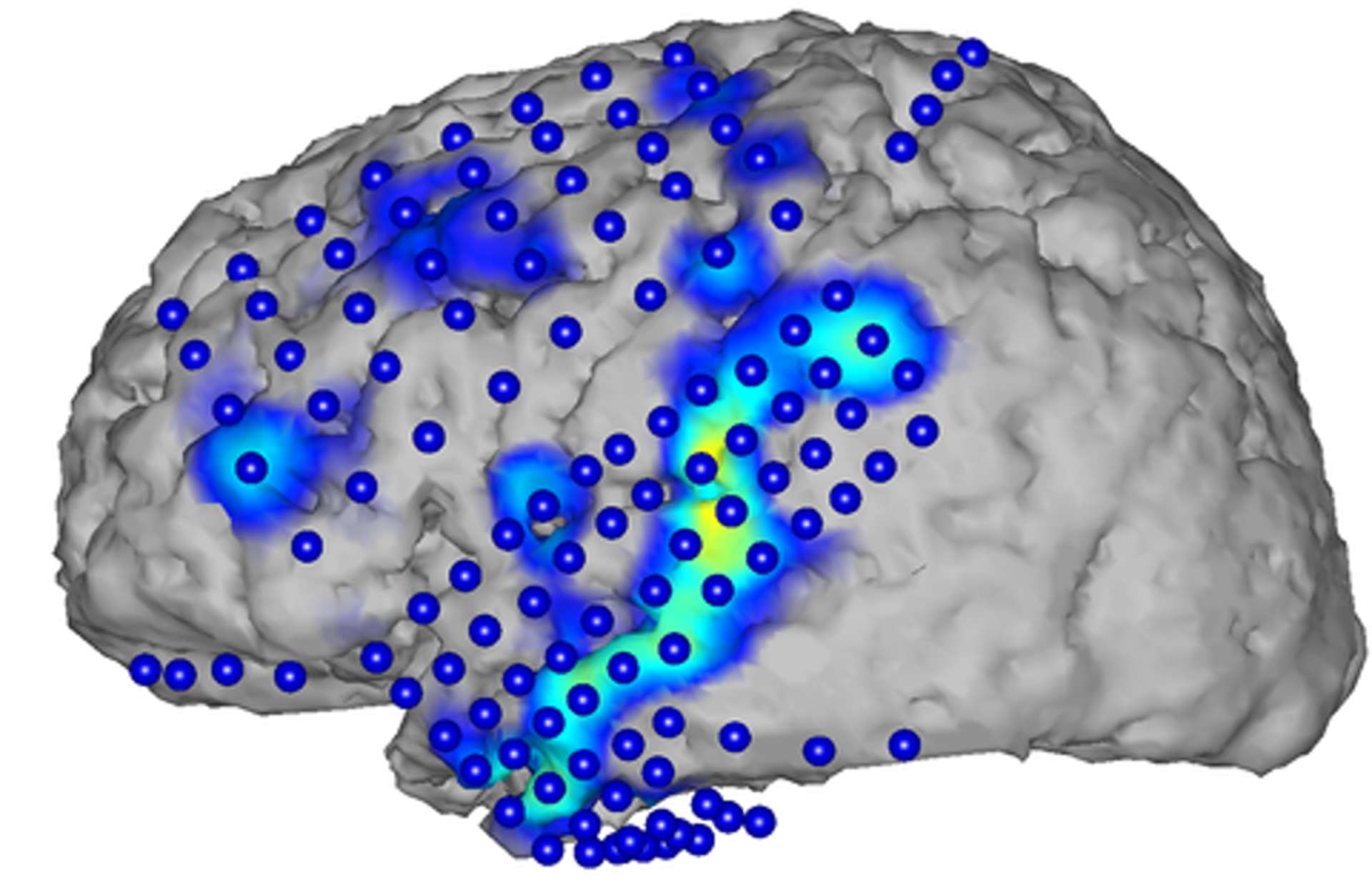
Spoken sentences recreated from brain activity patterns
KIT‘s Tanja Schultz has reconstructed spoken sentences from brain activity patterns. Speech is produced in the cerebral cortex. Associated brain waves can be recorded with surface electrodes. Schultz reconstructed basic units, words, and complete sentences from brain waves, and generated corresponding text. This was achieved by a combination of advanced signal processing and automatic speech recognition.…
-

Intent controlled robotic arm with neuroprosthetic implant
Caltech and Keck researchers implanted neuroprosthetics in a part of the brain that controls the intent to move, with the goal of producing more natural and fluid motions. The study, published in Science, was led by Richard Andersen. A quadriplegic implanted with the device was able to perform a fluid handshaking gesture and play “rock,…